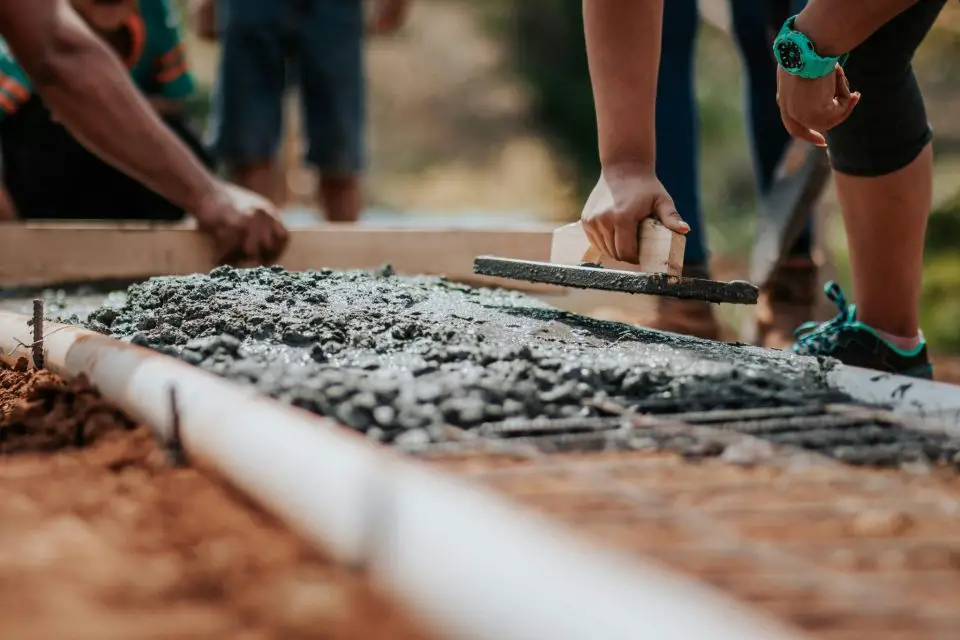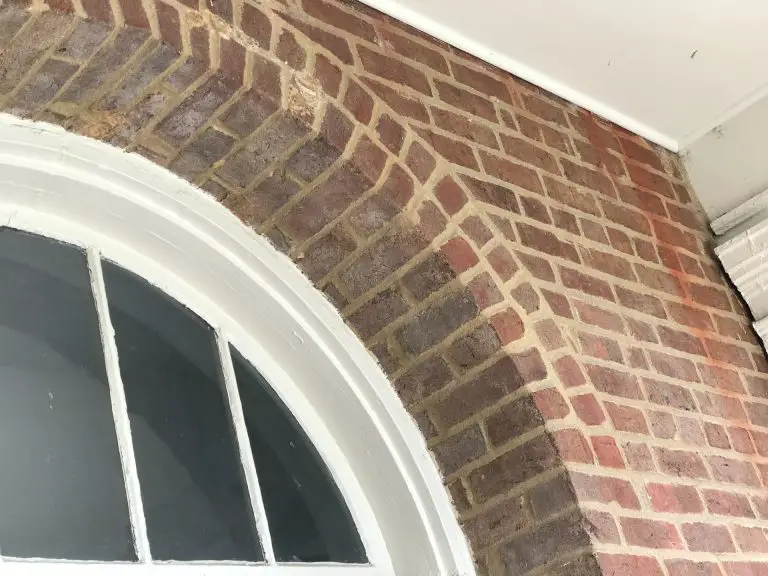
Building a home from the ground up is a long and meticulous process. It’s crucial to plan every step properly to achieve the desired results. The most important part of every house is its foundation. It literally supports the whole thing. If the foundation is not laid down properly, the building can deform, shift, or even fall. When laying down a foundation, you need to do everything step by step and use top-quality materials and appropriate equipment. It is crucial to have a plan from buying a shovel to renting a mini excavator and pouring the concrete. Building a sturdy foundation will ensure the durability of your home. In this article, you’ll learn more about laying down a house foundation properly and all the equipment you will need.
What Is a House Foundation?
A foundation is the base of any house or building. It is crucial for bearing the weight of any building, making it stable, and preventing it from shifting or sinking as time passes. A foundation should be able to support the whole house with its walls, roof, furniture, and residents.
Different types of foundations are used for various buildings. For example, shallow foundations do not go deep into the ground and are suitable for smaller buildings on stable soil. Deep foundations are necessary for buildings with multiple stories to bear their load. They are also used on unstable ground to stabilize the building properly. With a properly selected and built foundation, you can expect your house to remain stable for years. Building a foundation without proper planning and obeying all the required regulations is a safety hazard.
Equipment and Materials Necessary for Laying Foundations
Creating a strong foundation for your house is not an easy task. You will need a lot of specialized equipment and tools, as well as high-quality materials. Luckily, any required equipment can be rented from professional services like BLOSS Sales & Rental. There, you will find large equipment necessary for construction. Here are some key tools and materials you will need:
- Shovels, pickaxes, and trowels;
- Spirit level;
- Marking tools and materials, such as tapes, strings, and pegs;
- Concrete mixer;
- Mini excavator;
- Gravel, sand, water, cement.
The list can be extended depending on the size and difficulty of your foundation. You can always hire a professional contractor to help you with calculations and doing the professional work.
Steps for Creating Your Foundation
With foundation, it is extra important to create a thorough plan and execute it properly step by step. Here are the steps necessary for laying down a powerful foundation for your dream home.
Selecting a Building Site
Selecting a place to build your house is the beginning of this challenging process. Review the area you are working with and select the site where you will lay down the foundation. It is important to review the soil beforehand to know its properties as this will influence the type of foundation you will need. Some additional measures might be needed if the soil is unstable. You might require the help of structural engineers.
Excavating the Site
Place the layout of your foundation on the ground to begin excavation. Mark all the pillars, trenches, and lines using specialized materials and tools. It is a very responsible part of creating a house foundation, so make sure to use the help of a professional. With hired equipment, such as excavators and loaders to remove the excavated soil, you will be able to complete this step much faster and more conveniently.
Taking Care of Termites
Another important task is treating the soil around your future foundation to prevent termite infestation, if they exist where you live. Termites will destroy the pillars and put your foundation and the whole house in danger if you do not take care of them beforehand.
Compacting the Soil
After digging out all unnecessary soil, it is important to compact everything that remains. This will make the soil dense and ready for the next stages. Without this step, the soil might be too unstable for the proper foundation.
Building Wooden Framework
Use the planks to outline the foundation borders and make sure it is supported to remain stable during the concrete pour. Apply a special agent to the wood to avoid concrete sticking to it.
Add Reinforcement Steel
A professional engineer should design the layout for the rebar. This steel reinforces the future foundation and keeps the concrete stable. It also prevents concrete from cracking in the future.
Pouring the Concrete
Finally, it is time to pour the concrete and create your house foundation. Mix the concrete appropriately and pour it into the trenches to create a foundation. It is important to use a temping rod while pouring to avoid air pockets in your foundation. Use the level to smoothen the concrete evenly. It is also necessary to cure the concrete using water for seven days from the pour minimum.
Conclusions
Building a proper foundation for your house is essential if you want the building to remain unmovable in the future. A strong foundation makes the whole building stable and prevents it from shifting, which might cause cracks in the walls and the building to collapse. Hire professional contractors and specialized equipment to create a high-quality foundation.












